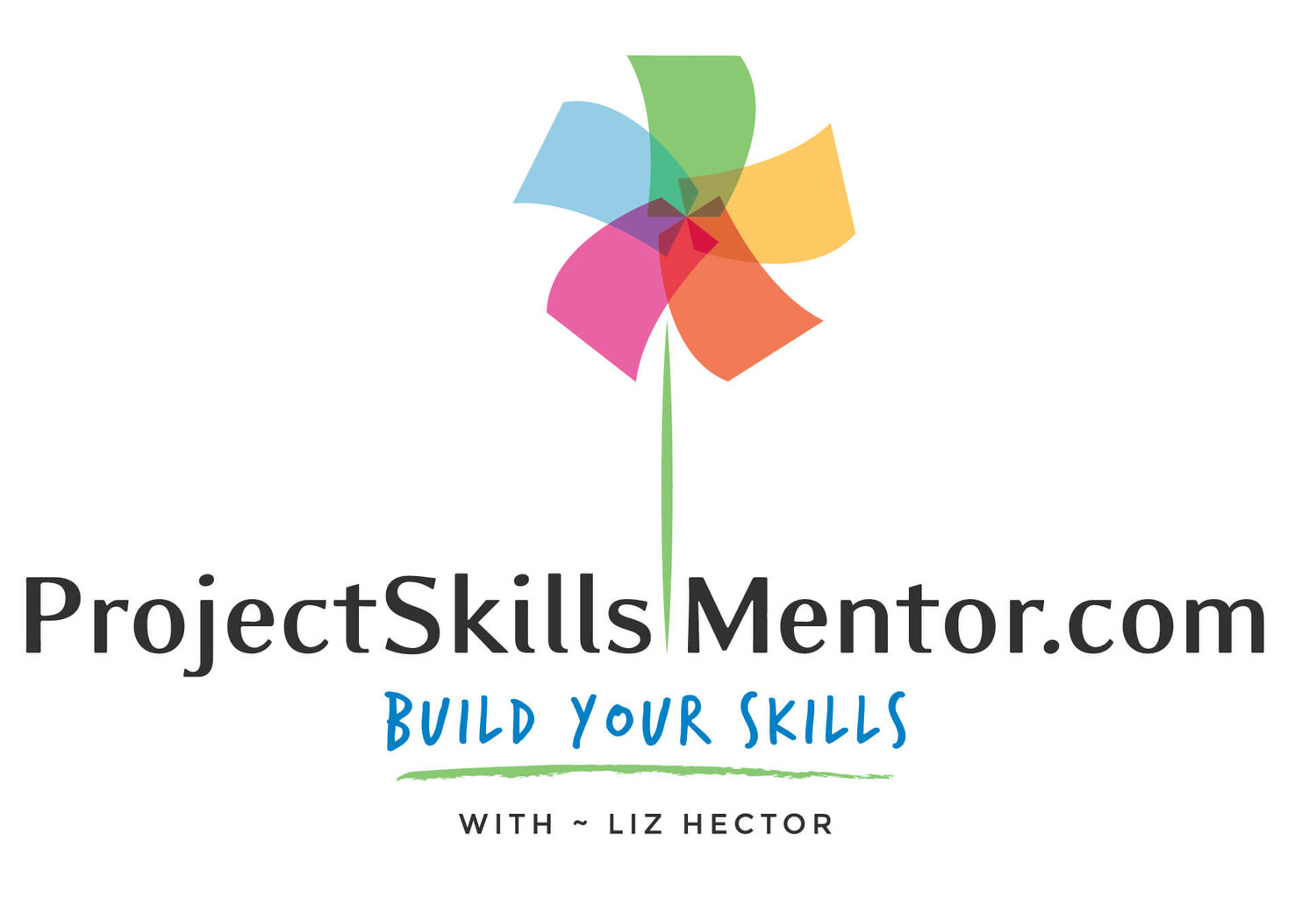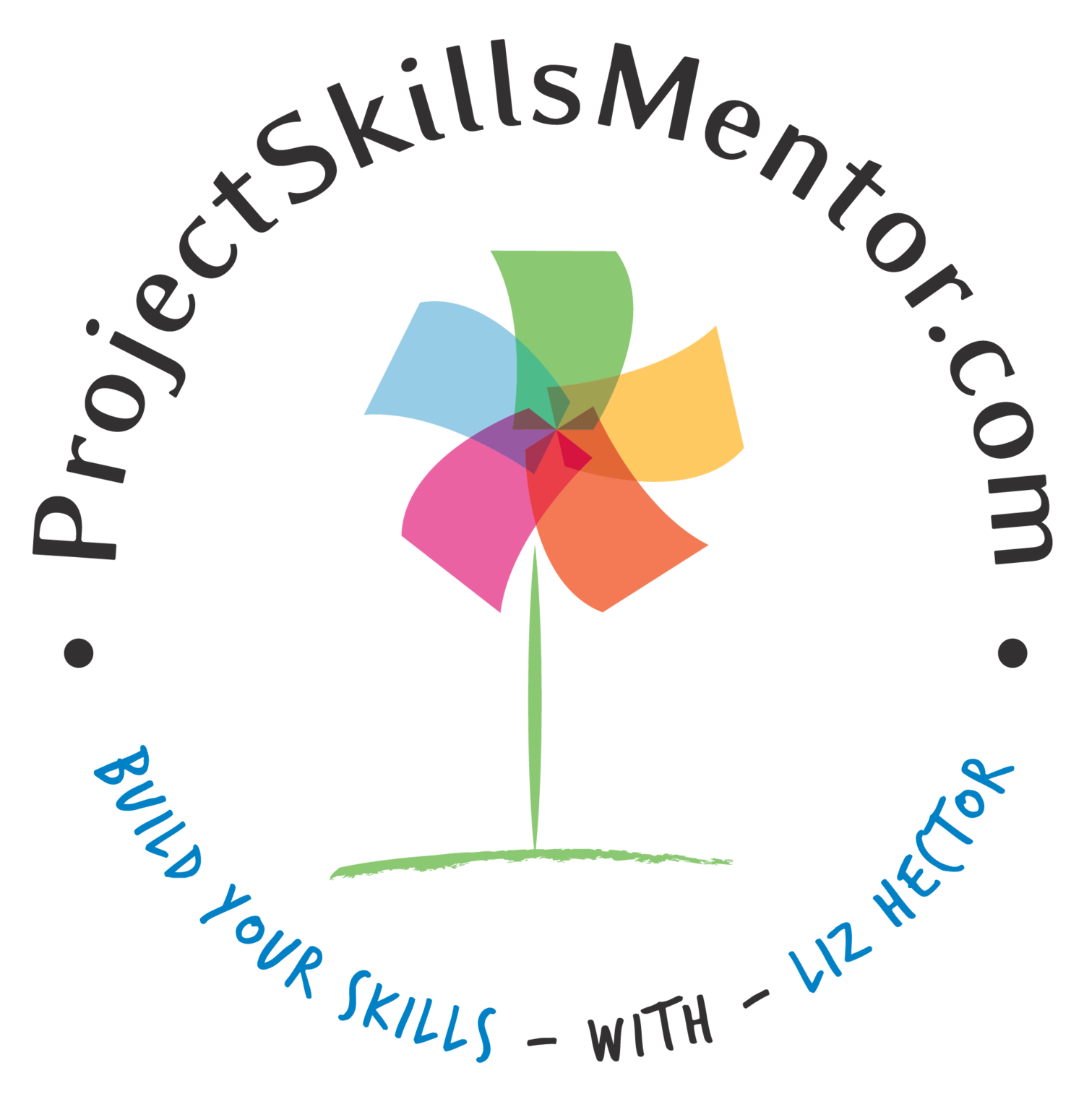How to Kickstart Your First Agile Project with Disciplined Agile – A Beginner's Guide
Whether it's a marketing campaign, a side hustle, or a community event, if you have a task with a deadline and an expected outcome, you've got yourself a project! The beauty of Agile project management lies in its simplicity and adaptability, keeping your work focused on results. And if you've come across the term "Disciplined Agile," you might wonder: how is it different? Don't worry, it's simpler than you think.
Disciplined Agile (DA), developed by Scott Ambler and Mark Lines, is an agile approach designed to be flexible and customer-centric. It includes practical tools and techniques to keep you on track.
Beginner’s Guide to DA WOW
Customer-Centric
Business Benefits
Solution Value
But how do you start a Disciplined Agile project? Below, I'll introduce four key models from the DA playbook that you can use to build your agile project plan. You'll have a basic structure and documents to use as a foundation by the end.
These Disciplined, Agile Way of Working models help you break down the components to get started. I will take you through these step-by-step and then show you how the pieces fit together to show your project workflow.
Principles are why you use disciplined agile. The way of working models is how to create your plan.
Customer-Centricity – Your team focuses on customer delight. A happy customer is a key KPI.
Business Value – Based on the customer needs and business goals, your project aims to deliver awesome results.
Context Counts – Every project is unique. DA helps you tailor your approach to the specific needs of each solution.
Minimum Viable Assessment (MVA) helps you understand your business goals
If you understand the business goal, you can decide on the right MVA process for your process.
Quick Feedback: Get insights to confirm if a project, product, or strategy is on track. This allows for early adjustments without waiting for a lengthy review.
Resource Efficiency: Instead of investing in costly, full-scale assessments, focus only on essential metrics, saving time and resources.
Agility and Risk Reduction: Allows quick pivots based on real-time findings, helping teams adapt quickly and reducing project risks.
Example Scenario: How to Choose the Right Minimum Viable Assessment Model
Let’s say you’re launching a “one-click purchase” feature on an e-commerce site. You want to validate its effectiveness before a full rollout, but are unsure which MV approach to use.
Identify Your Project Goal:
Your primary goal is to increase conversion rates by simplifying the checkout process with the “one-click purchase” feature.
Choose the Most Relevant MV Model:
To validate if the feature works, start with a Minimum Viable Product (MVP) approach by releasing a simplified version of the “one-click purchase” feature to a small user group. Measure basic conversion rates to determine if they are leading to more purchases. This model confirms that the “one-click” feature works as intended and aligns with your goal to improve conversions.
Then, consider using a Minimum Viable Value (MVV) model by gathering user feedback through post-purchase surveys to determine if users find the feature valuable and easy to use. This model will help you assess user satisfaction, ensuring the feature’s simplicity meets customer expectations.
3. Document the KPIs of your project
MVP’s goal is to validate the feature’s success in conversion rates and adoption:
Conversion Rate:
Definition: The percentage of users who complete a purchase after using the “one-click purchase” feature.
Purpose: This is the primary KPI to see if the feature increases sales compared to the standard checkout process.
Feature Adoption Rate:
Definition: The percentage of users who opt to use the “one-click purchase” feature when it’s available.
Purpose: Measures the feature’s appeal. A high adoption rate indicates users are interested in trying it.
MVV's goal is to ensure users find genuine value in the solution’s features and ease of use:
User Satisfaction Score (Post-Purchase Survey):
Definition: A score or rating collected via surveys immediately after users complete a purchase using the feature.
Purpose: Provides direct user feedback on the feature’s value and ease of use.
Net Promoter Score (NPS):
Definition: A measure of how likely users are to recommend the feature to others.
Purpose: Indicates the feature’s overall value and satisfaction level among users. A high NPS suggests positive user experience and perceived value.
How to Choose the DA Way of Working Based on the Project’s Product
To choose the best DA Way of Working (WoW) based on your project’s product type—whether it’s technology, a building, a process, a policy, or a disruptive idea—consider the unique requirements and goals associated with each product type. Learn more about the detailed approach to each way of working by using the “get to know more” links below.
By aligning your DA WoW choice with the nature of the product, you ensure that the project management approach supports both the goals and constraints of the project type.
Technology Projects
Best WoW: Agile or Continuous Delivery Agile.
Why: Technology projects benefit from iterative cycles and frequent updates, allowing teams to gather continuous feedback, quickly refine features, and meet evolving user needs.
Get to know more about the process: Agile is based on Scrum.
New Product Innovation Projects
Best WoW: Exploratory or Agile.
Why: For innovation projects involving uncertain outcomes or untested concepts, an Exploratory or Agile approach enables rapid prototyping, iterative testing, and learning from early-stage feedback to develop ideas with flexibility.
Get to know more about the process: Exploratory agile uses Design Thinking.
Process Improvement Projects
Best WoW: Lean or Continuous Delivery Lean.
Why: Process improvement projects benefit from Lean’s focus on eliminating waste and maximizing efficiency. Continuous Delivery Lean is ideal if frequent process adjustments are needed, providing ongoing optimization and incremental gains.
Learn more about the process: Lean agile is based on Kanban.
Policy Development Projects
Best WoW: Program or Hybrid Agile.
Why: Policy projects often require careful planning, adherence to regulations, and comprehensive documentation. Program or Hybrid Agile methods allow structured workflows and documentation while providing flexibility for iterative development and feedback integration.
Get to know more about the process: Program agile uses aspects of Hybrid.
Large-Scale, Multi-Phase Projects
Best WoW: Program or Hybrid Agile.
Why: Large projects, such as organization-wide implementations or major infrastructure upgrades, involve multiple components that need coordinated management. Program or Hybrid approaches enable segmented, iterative progress with a cohesive structure across teams and departments.
Get to know more about the process: Program agile uses aspects of Hybrid.
Match the Approach and Team for Maximum Performance
Agile
Best Team Format: Cross-Functional Teams
Why: Agile thrives on rapid, iterative work and frequent feedback. Cross-functional teams, composed of diverse skill sets (e.g., developers, testers, UX designers), can work collaboratively to deliver incremental updates, ensuring a steady pace without heavy handoffs.
Continuous Delivery Agile
Best Team Format: Stream-Aligned Teams
Why: Continuous Delivery Agile requires rapid release cycles and frequent deployments. Stream-aligned teams, organized around specific products or value streams, allow for quick, continuous releases. They focus on end-to-end delivery within a specific area, reducing dependencies and enabling seamless integration and delivery.
Exploratory
Best Team Format: Feature Teams
Why: Exploratory work, such as early-stage innovation, requires flexibility and the ability to pivot quickly. Feature teams, organized around delivering specific, user-focused features, enable rapid experimentation and iteration. Their focus on delivering customer-centric functionality makes them ideal for exploring new ideas and quickly gathering user feedback.
Lean
Best Team Format: Component Teams
Why: Lean emphasizes waste reduction and efficiency in workflows. Component teams, which focus on specific parts of a larger system (e.g., a database or user interface), can optimize each component individually for efficiency. This team structure reduces waste and refines the specific elements that contribute to the overall system.
Continuous Delivery Lean
Best Team Format: Enabling Teams
Why: Continuous Delivery Lean aims for ongoing, incremental improvements within processes. Enabling teams, which work to support and enable other teams by providing tools, skills, and process improvements, are ideal for helping streamline continuous delivery practices across a system or organization.
Program
Best Team Format: Complex Subsystem Teams
Why: Program approaches are often applied to large, multi-phase projects with complex interdependencies. Complex subsystem teams, focusing on highly specialized or complex aspects of a system, are suited for handling intricate parts within a larger program. They enable focused expertise and coordination on critical subsystems within a larger, coordinated effort.
Hybrid
Best Team Format: Flexible, Role-Based Teams
Why: Hybrid approaches require adaptability to shift between structured and flexible practices. Role-based teams, with specialists from various disciplines who can take on different roles as needed, provide the agility to adapt to each project phase. This flexibility ensures that both agile and traditional methods are applied where most effective.
Disciplined Agile is more than just a method; it's a mindset that allows you to adapt your project approach based on each project's unique needs. Starting with these four DA models can give you a simple yet effective framework to keep your project on track and deliver real value to your audience. So, rest assured, with DA, you're not just following steps-you're building a project approach that fits you and your goals.
So, whether you're managing a blog, a product launch, or a new business, remember to focus on your MVPs, target a specific market, and deliver meaningful value. With DA, you're not just following steps—you're building a project approach that fits you and your goals.
If you want to learn more about the various Agile processes and tools to help you manage your project. Check out more here.









